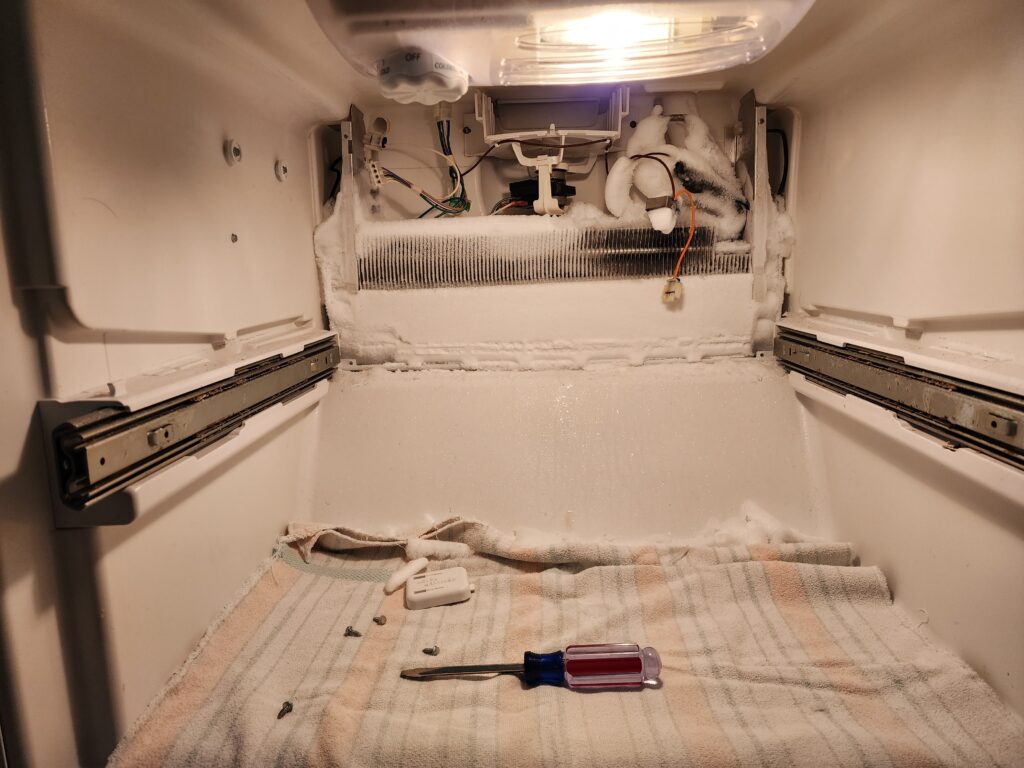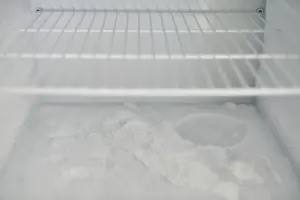Freezing temperature is a fundamental concept in both everyday life and scientific understanding, particularly when it comes to food preservation. Defined as the temperature at which a liquid turns into a solid, the freezing point of water is 32°F (0°C). However, in food preservation, the freezing temperature involves much more than just turning water into ice. It plays a crucial role in maintaining food safety, texture, and nutritional value. This article explores the science behind what is freezing temperature, how they relate to freezers, and their impact on food storage and quality.
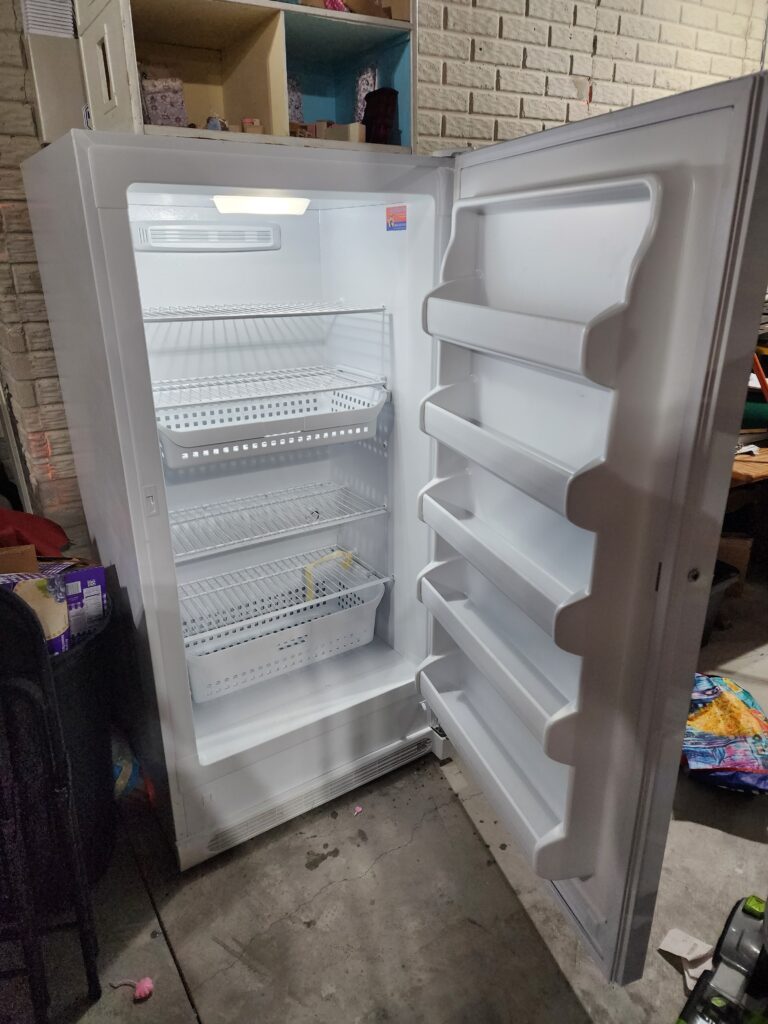
The Science of Freezing Temperature and What is Freezing Temperature
Freezing is a phase transition in which a liquid turns into a solid when its temperature is lowered below its freezing point. For pure water, this temperature is 32°F (0°C). However, most food items are not pure water and contain various solutes like salts, sugars, and proteins, which lower the freezing point. This phenomenon is known as freezing point depression. For example, a saltwater solution will freeze at a temperature lower than 32°F.
When food freezes, the water within it forms ice crystals. The size and formation rate of these crystals significantly affect the texture and quality of the food. Slow freezing tends to form larger ice crystals, which can damage cell walls and lead to a mushy texture when thawed. Rapid freezing, often employed in commercial settings, creates smaller crystals that preserve the food’s structural integrity better.
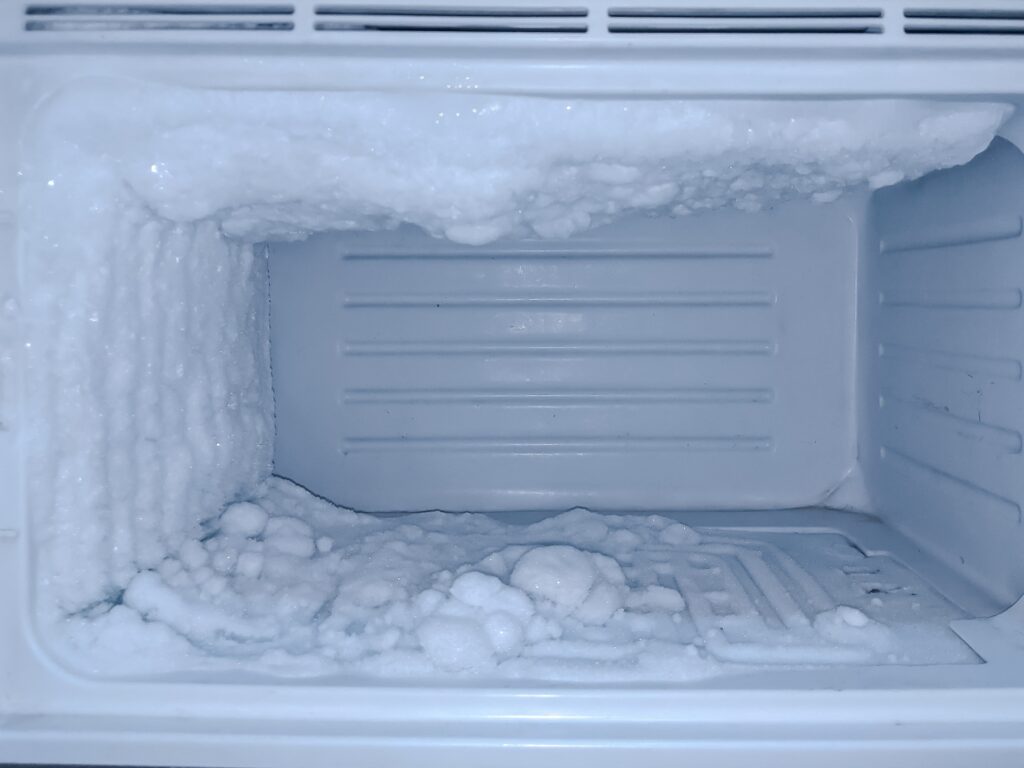
The Role of Freezers
Freezers are designed to maintain temperatures well below the freezing point of water, typically around 0°F (-18°C) or lower. This low temperature is crucial for several reasons:
- Preventing Spoilage:
At temperatures below 0°F, microbial activity is significantly reduced. Bacteria, molds, and yeasts that cause food spoilage and foodborne illnesses cannot grow and reproduce, effectively extending the shelf life of frozen foods. - Preserving Nutritional Value:
Freezing helps retain the nutritional content of food. Vitamins, minerals, and other nutrients are preserved in a frozen state, ensuring that the food remains healthy and beneficial for consumption even after long periods. - Maintaining Texture and Flavor:
By freezing food rapidly, freezers help maintain the texture and flavor of food. The smaller ice crystals formed during quick freezing cause less damage to the food’s cellular structure, preserving its original texture and taste. - Convenience and Economy:
Freezers allow for the storage of food in bulk, which can be more economical. They also enable people to enjoy seasonal foods year-round by preserving them when they are in abundance and potentially cheaper.
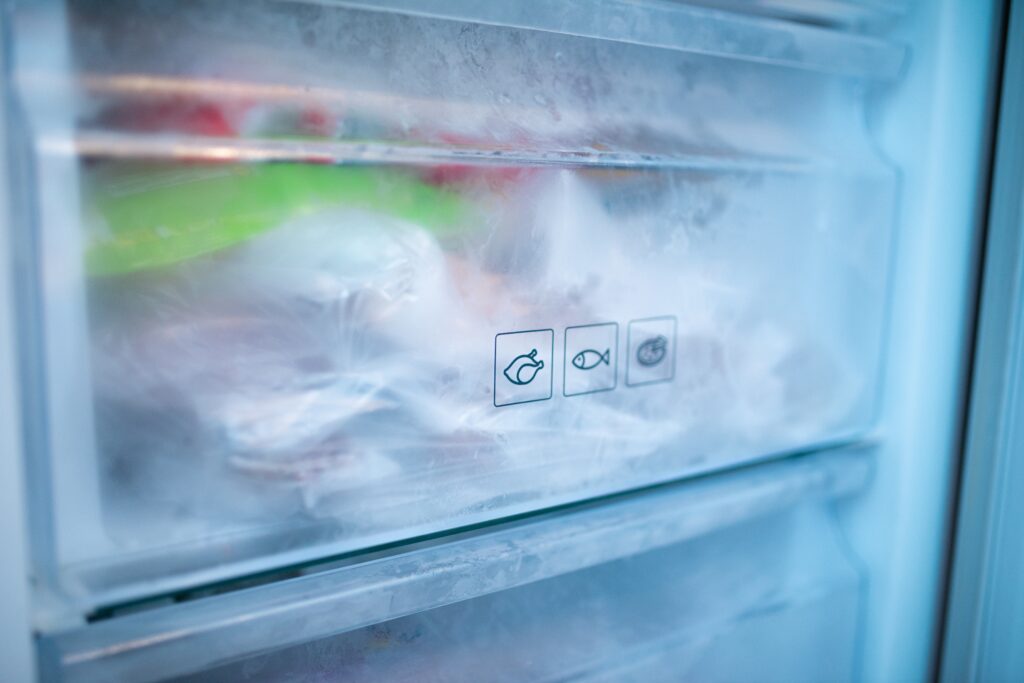
How Freezing Affects Different Types of Food
Different types of food react differently to freezing, and understanding these reactions can help in optimizing freezer use for food storage.
1. Fruits and Vegetables:
- Fruits: Fruits have high water content and can develop large ice crystals if frozen slowly, leading to a mushy texture upon thawing. To mitigate this, fruits are often frozen using flash freezing techniques or by spreading them out on a tray before transferring them to a freezer bag.
- Vegetables: Many vegetables need to be blanched (briefly boiled and then plunged into ice water) before freezing. Blanching stops enzyme actions, which can cause loss of flavor, color, and texture. After blanching, they should be dried and frozen quickly.
2. Meats and Seafood:
- Meats: Freezing meat slows down the growth of spoilage microorganisms and preserves its quality. For best results, meat should be wrapped tightly to prevent freezer burn, which occurs when air reaches the food’s surface and causes dehydration and oxidation.
- Seafood: Seafood, particularly fatty fish, is prone to freezer burn and oxidation. Vacuum sealing is an effective method to preserve the quality of seafood during freezing.
3. Dairy Products:
- Milk and Cream: While milk can be frozen, it may separate upon thawing, affecting texture and consistency. It is best used for cooking rather than drinking.
- Cheese: Hard cheeses freeze better than soft cheeses. Freezing can alter the texture of cheese, making it crumbly. Grated cheese often fares better in the freezer than blocks.
4. Baked Goods:
- Baked goods like bread, cakes, and cookies freeze well and can be stored for extended periods. It’s essential to wrap them tightly to prevent them from drying out.
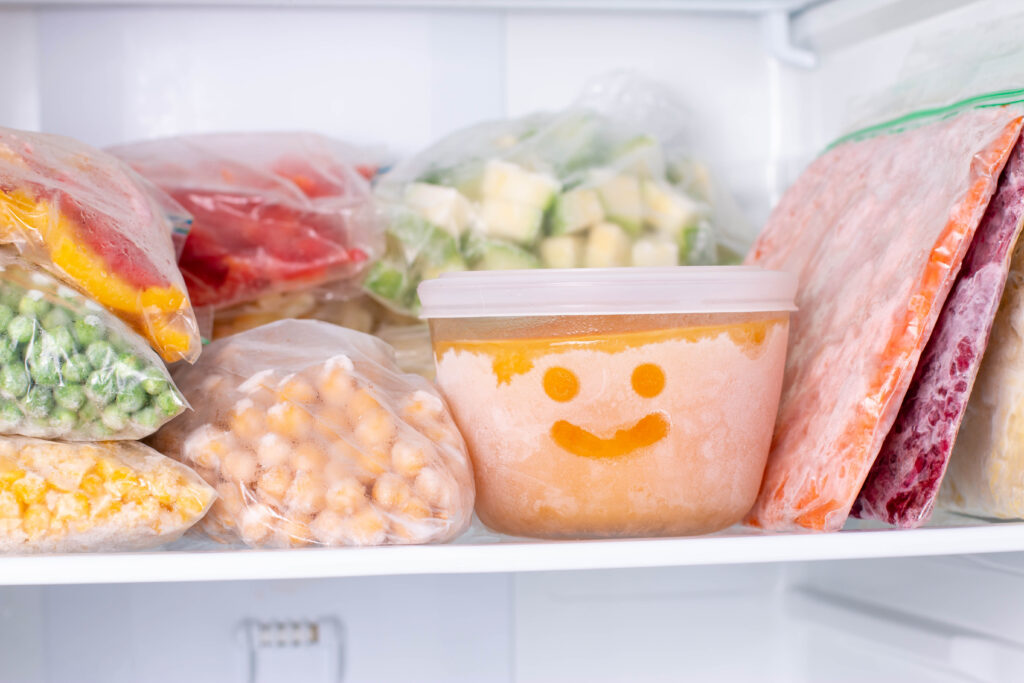
Tips for Effective Freezing
To maximize the benefits of freezing and ensure food safety and quality, consider the following tips:
- Proper Packaging:
Use airtight containers or freezer bags to prevent freezer burn and contamination. Removing as much air as possible before sealing can help maintain food quality. - Labeling:
Clearly label packages with the date of freezing and contents. This practice helps in keeping track of food items and using older items first to reduce waste. - Optimal Freezer Temperature:
Set your freezer to 0°F (-18°C) or lower to ensure food remains safely frozen. Regularly check the temperature with an appliance thermometer. - Avoid Overloading:
While freezers are designed to hold a lot of food, overloading can reduce airflow and hinder efficient freezing. Ensure there is enough space for air to circulate around the items. - Freezing in Portions:
Freeze food in portions suitable for your needs. This makes it easier to thaw only what you need, reducing waste and maintaining food quality.
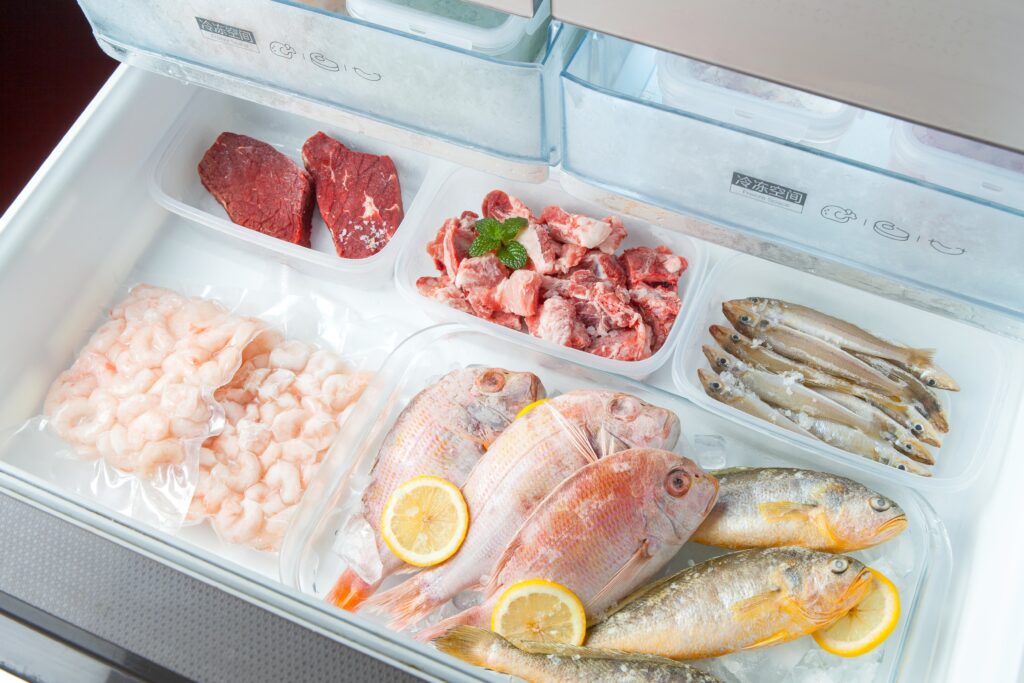
The Impact of Freezing on Food Safety and Shelf Life
Freezing is one of the most effective methods for preserving food and ensuring food safety. By inhibiting the growth of microorganisms and slowing down enzyme activity, freezing helps keep food safe for consumption over extended periods. The shelf life of frozen food varies depending on the type of food and how well it is stored. Here are some general guidelines:
- Fruits and Vegetables: 8-12 months
- Meats (beef, pork, lamb): 4-12 months
- Poultry: 6-9 months
- Fish: 3-6 months for fatty fish, up to 12 months for lean fish
- Baked Goods: 2-3 months
While freezing preserves food safety and quality, it is essential to note that the longer food is frozen, the more likely it is to experience some quality degradation. Proper storage techniques and regular inventory checks can help mitigate this.
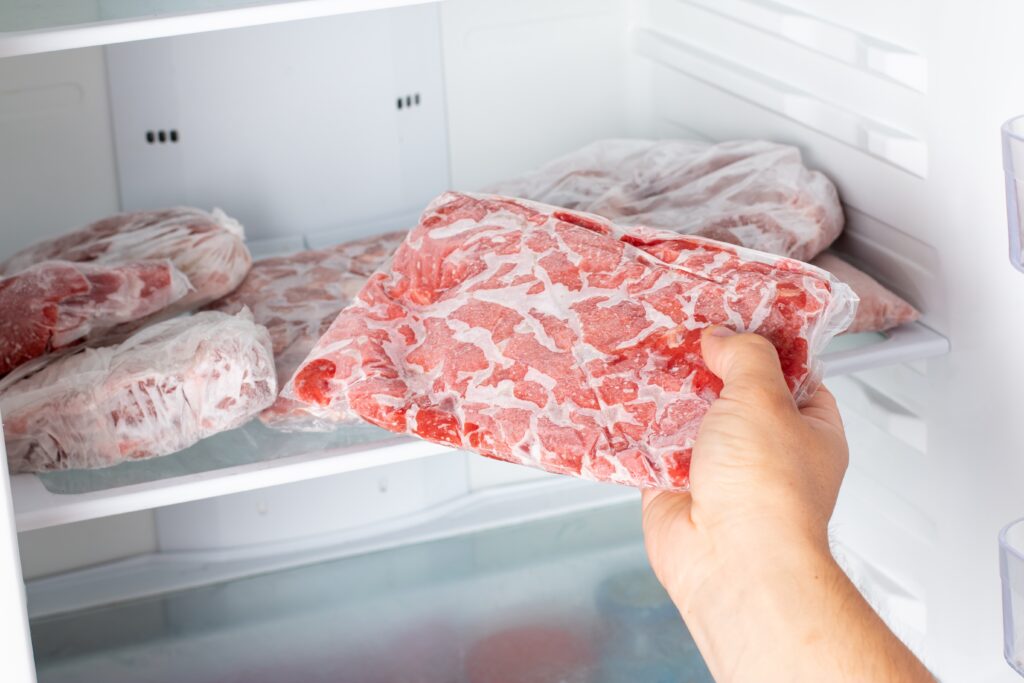
Conclusion
Understanding freezing temperature and its relationship to freezers and food is vital for effective food preservation. Freezers maintain temperatures well below the freezing point of water, ensuring the safety, nutritional value, and quality of stored food. By knowing how different foods react to freezing and employing best practices for packaging and storage, individuals can make the most of their freezers, reducing waste and enjoying a variety of foods year-round. Whether for home use or commercial purposes, the principles of freezing temperature play a crucial role in food preservation and safety.

